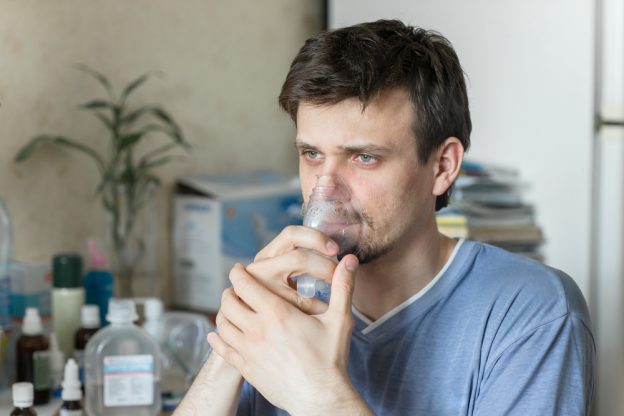Effect of sensorimotor groups on gross motor acquisition for young children with Down Syndrome
Posted on 16th April 2014 by Kristen Peschock

Introduction:
Group intervention sessions have been studied in various populations and ages as a way of improving gross motor skills. Studies have been performed with children with cerebral palsy, obesity, and developmental coordination disorders and found that group intervention sessions increase gross motor development. Group intervention, when compared to individual therapy sessions have also been found to be beneficial in improving socialising among peers and increasing efficiency for the Physical Therapist (PT). This study focused on the effects of group intervention on gross motor skill development in young children with Down Syndrome.
About the Study:
This study compared the effects of group intervention in addition to individual intervention with individual intervention alone. Ten young subjects with Down Syndrome were randomly chosen with an age range of 13-29 months old. Each of the subjects were able to independently sit, but not able to walk independently. Of the 10 subjects, three were female and seven were male. Each of the subjects received Physical Therapy and Occupational Therapy. Half of the subjects were placed in the intervention group and the other half in the control group.
How did they measure outcomes?
Outcomes were measured using the Gross Motor Function Measure (GMFM) and the Goal Attainment Scaling (GAS). The GMFM measures the ability to perform various gross motor tasks in children with Cerebral Palsy and Down Syndrome. The GAS is a tool used to set objective goals for the subject based on their current gross motor skills level. The child’s current level is set as a GAS score of -2. The GAS score ranges from -2 to +2, where a -2 is the child’s current level, a 0 is the expected level of performance after intervention, and a +2 is the most favorable outcome. For this study, one PT performed the GMFM on all of the subjects and another PT determined the GAS objectives. Three assessments using the GMFM and GAS took place. The first assessment was the child’s initial assessment at the beginning of the study, the second took place 10-12 weeks after the study was complete, and the third occurred 4-5 weeks after the second assessment.
The Intervention:
Each subject continued their regular Physical Therapy and Occupational Therapy individual sessions for the duration of the study. The intervention group also participated in a one hour sensorimotor group therapy session one time per week for 10 weeks. The group therapy sessions took place in a private practice office and were performed by a PT and an Occupational Therapist (OT). The group activities included task-specific practice with crawling, creeping, climbing, sitting, pulling to stand, cruising, supported standing, supported walking, and fine motor activities.
What were the results?
Results of the study showed significant improvements in the GMFM and the GAS scores with the intervention group. Significant improvement was found in the intervention group with the crawling and kneeling domain of the GMFM from pretest to post-test and in the lying and rolling domain from pretest to follow-up. Significant improvements were also noted in total GMFM score from pretest to post-test and from pretest to follow-up in the intervention group. A significant improvement was also found in the intervention group for the GAS scores from pretest to post-test.
Were there any limitations?
this was a good study, however there were some limitations to it. One limitation is the small sample size. Another limitation is the short duration of the intervention aspect of the study. The short duration may not have been long enough to see effective changes in gross motor skills when using the GMFM and GAS. These assessment tools have been found to be more sensitive to change with gross motor skills over a period greater than 3-6 months long. Also, the subjects were not randomly assigned to either group, due to some of the families being unable to attend the group therapy sessions. In addition, the individual intervention sessions were not controlled by the study even though the subjects all had similar goals that were being addressed in the individual sessions.
Take home message:
This study showed that the subjects in the intervention group improved their overall gross motor skills, according to the GMFM and GAS results. Therefore, group intervention sessions may be beneficial in improving gross motor skills in young children with Down Syndrome. However, further research is needed to validate the results of this study.
Reference:
LaForme Fiss AC, Effgen SK, Page J, Shasby S. Effect of sensorimotor groups on gross motor acquisition for young children with Down syndrome. Pediatric Physical Therapy. 2009; 21 (2): 158-166.




No Comments on Effect of sensorimotor groups on gross motor acquisition for young children with Down Syndrome